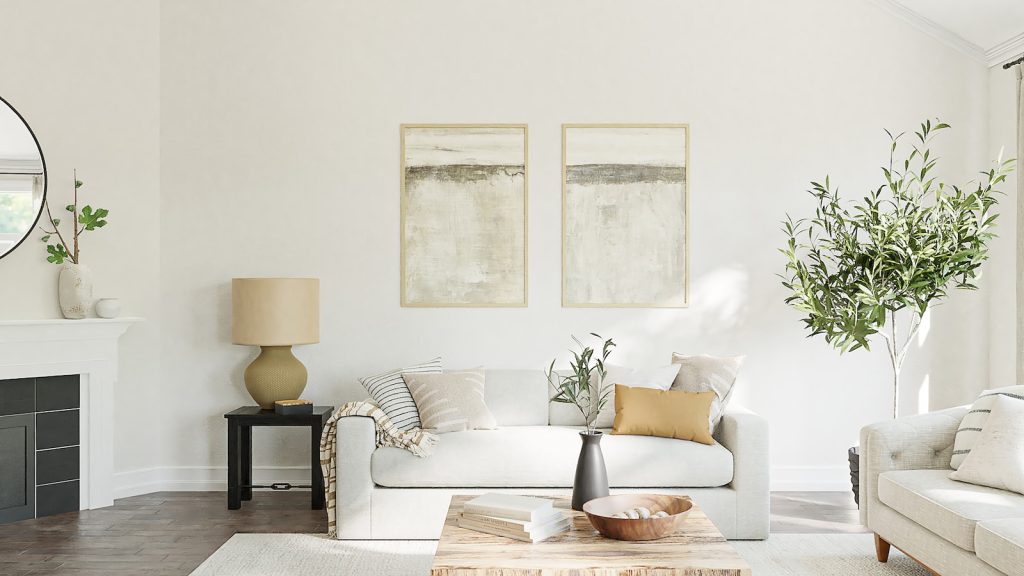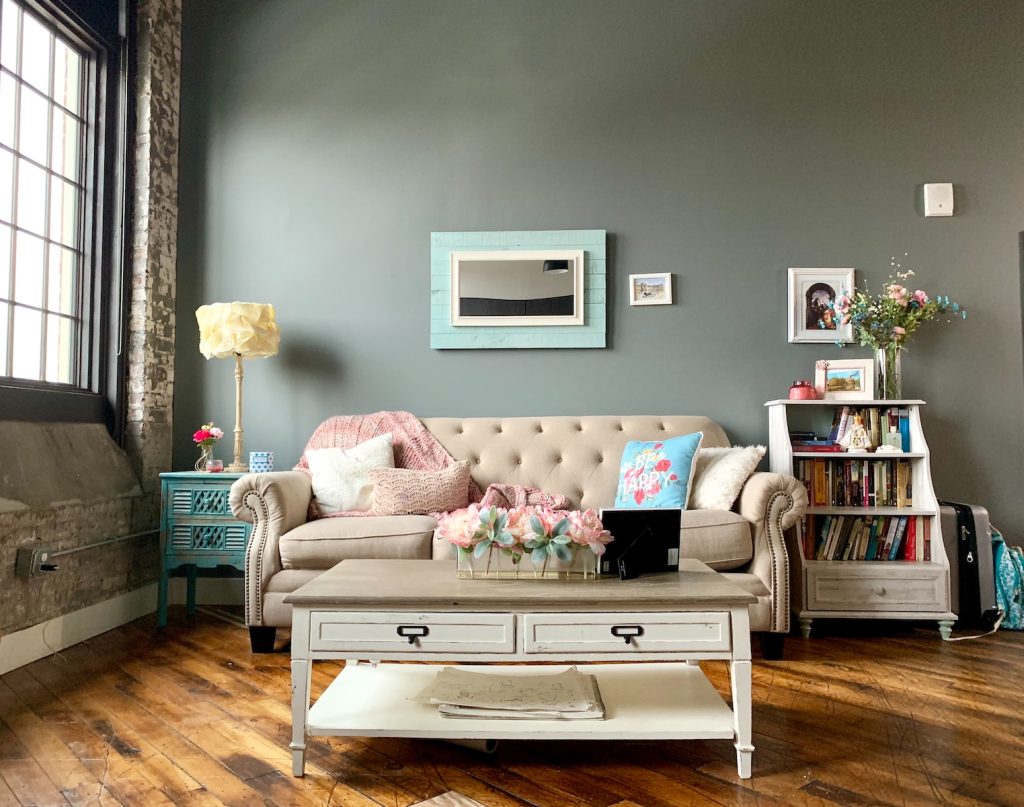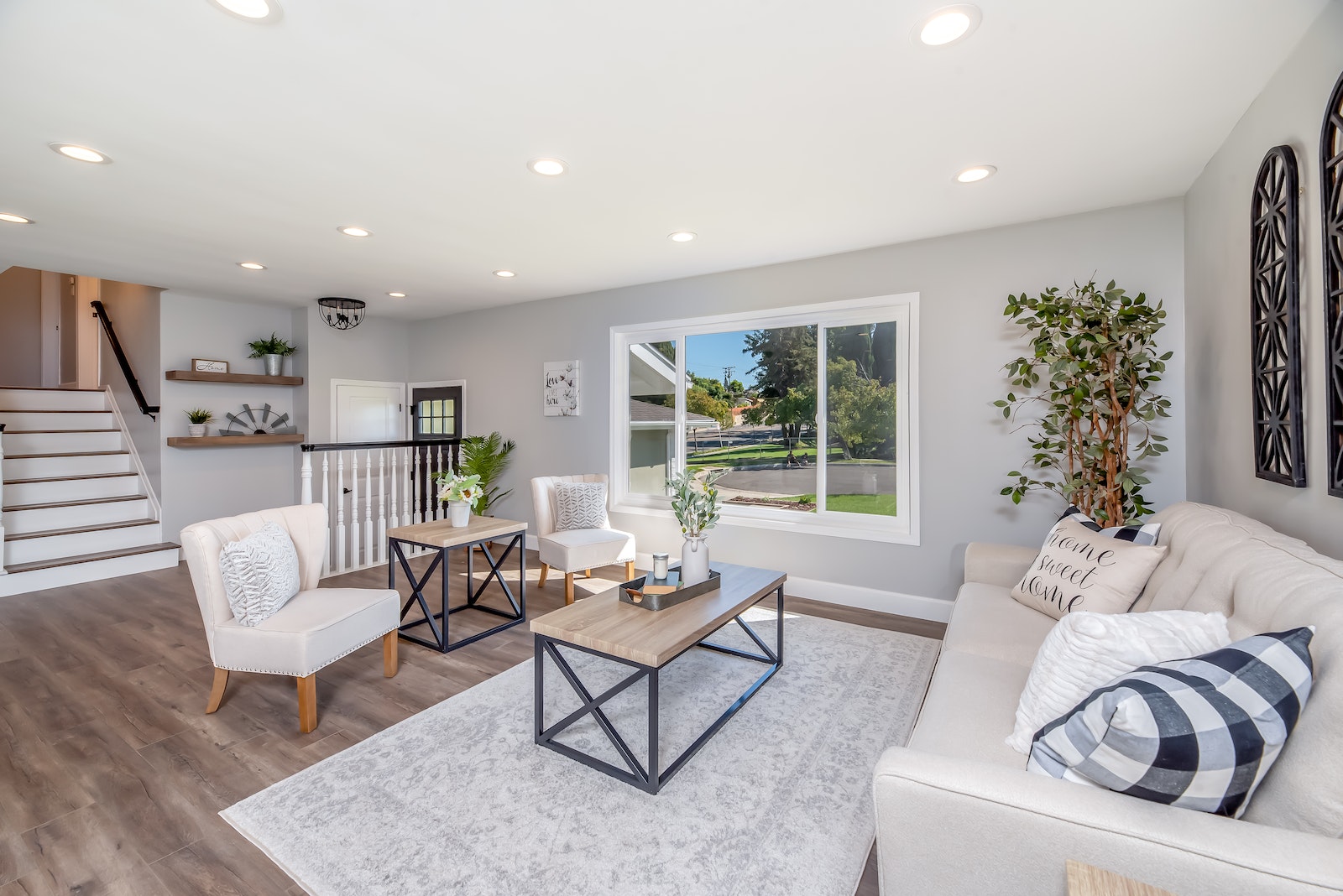Have you ever stopped to ponder why the central gathering space in our homes is called a ‘living room’? It’s a question that might have casually crossed your mind, only to be promptly dismissed as trivial. However, delving into the origins and evolution of home spaces can open up fascinating insights about our societal history and cultural practices.
The term ‘living room’ is so ingrained in our everyday language that we seldom question its source. Yet, every name carries a story – a tale woven from the threads of time, reflecting the changes in our lifestyles, social norms, and architectural practices. The living room, with its cozy corners and welcoming ambience, holds a unique narrative that traces back centuries, offering us a glimpse into our ancestors’ lives and habits.
In essence, the living room is more than just a physical space. It is an embodiment of familial connectivity, a testament to change, and a mirror reflecting societal evolution. From its humble beginnings as a ‘parlor’ in the Victorian era to its modern manifestation as a multi-functional hub, the living room has undergone significant transformations.
This journey not only unveils the intriguing reason behind its name but also enables us to appreciate the deeper significance of this commonplace term. In the following sections, we will embark on an exploratory adventure, traversing through time, across cultures, and into the heart of homes, to unravel the mystery of why we call it a ‘living room’.
The Origins of ‘Living Room’
Let’s embark on a historical journey to uncover the fascinating origins of the term ‘living room.’ From its conception, this room’s name has evolved, mirroring societal changes and reflecting the shifting dynamics of domestic life. The story of the living room begins in an era teeming with grandeur and sophistication – the Victorian era.
The Victorian Era and Parlor Rooms
In the heart of the Victorian era, homes were designed with a special room referred to as the ‘parlor.’ This was a space devoted for entertaining guests and conducting formal social activities. A parlor room was typically adorned with the finest furnishings and decorations, signifying the family’s status and wealth. It was more than just a room; it was a testament to one’s standing in society.
From ‘Parlor’ to ‘Living Room’
As we moved into the 20th century, societal norms began to shift drastically. The rigid formality that once governed social interactions started to loosen, making room for a more casual and relaxed lifestyle. Alongside these changes, the concept of the parlor room also transformed. The space began to reflect the activities of daily life more accurately, becoming a hub for family gatherings, relaxation, and entertainment. This transition led to the birth of what we now call the ‘living room,’ a term coined by the renowned architect and furniture designer Elsie de Wolfe. She believed that this room should be a ‘room to live in,’ emphasizing comfort, usability, and practicality over formal aesthetics.
But it wasn’t just a change in interior design trends that prompted this shift. A significant driving factor was the devastating impact of the Spanish Flu pandemic in 1918. In an effort to combat the depressing atmosphere, Ladies Home Journal suggested that the ‘death room,’ a space traditionally used to display the bodies of deceased family members before burial, should be transformed into a ‘living room.’ The idea was to create a space that celebrates life rather than mourning death, injecting much-needed positivity into homes during a trying time.
Thus, with societal changes and historical events influencing its evolution, the living room emerged as a symbol of the changing domestic landscape. It’s fascinating to see how this common space in our homes got its name, reflecting the shifts in societal norms and behaviors over the course of history.
Social Factors Influencing the Name ‘Living Room’
As we delve into societal influences, it becomes clear that social norms and behaviors have had a significant role in shaping the common space we now refer to as the ‘living room’. The naming of this particular home space is intrinsically tied to the cultural practices, values, and norms of societies, especially those from the Western world.
In the early 20th century, with the advent of radio and later television, families began to spend more time together in communal spaces, enjoying these new forms of entertainment. This shift in family dynamics played a crucial role in defining the purpose and name of the ‘living room’. The room was no longer just a formal sitting area for guests but became a lively hub of family activities. The term ‘living room’ appropriately captured this transformation, reflecting a place where real, everyday life unfolded.
The living room also started to serve as a central place for family gatherings. Celebrations, heart-to-heart conversations, daily catch-ups, and even casual lounging found their way into this room. Its importance escalated as it not only hosted life but also nurtured it, fostering deeper connections among family members. This evolution from a formal reception room to a core family space further solidified the term ‘living room’ in societal vernacular.
Moreover, societal trends during the mid-20th century such as suburban expansion and the rise of consumer culture also influenced the concept of the living room. With larger homes in the suburbs, families had more space to accommodate a room dedicated to ‘living’. At the same time, consumer goods like televisions, record players, and comfortable furniture became accessible to the average family, transforming the living room into a space for relaxation and entertainment.
Therefore, societal norms and behaviors have significantly contributed to the naming and conceptualization of the living room. It is a testament to how our living spaces adapt and evolve in response to changes in our lifestyles and social practices, underscoring the dynamic nature of our homes.

Living Room in Different Cultures
Stepping away from the Western world, let’s embark on a fascinating journey around the globe to discover how different cultures perceive the concept of the living room. This exploration will not only highlight cultural variations but also provide fresh insights into whether these differences lead to alternative naming conventions for this common household space.
Around the World in Living Rooms
In Japan, for example, the equivalent of a living room is known as an “ima” or “chanoma,” meaning “tea room.” Traditionally, this space was used for serving tea and accommodating guests. The Japanese concept of a living room, therefore, revolves around hospitality and social interaction, similar to its Western counterpart. Meanwhile, in India, the living room is often referred to as a “baithak” or “drawing room,” where family members gather for conversations and leisure activities. The Spanish term “sala de estar” translates directly to “room to be,” reflecting a space for relaxation and downtime.
Similar Yet Different
Despite these diverse terminologies and cultural nuances, there’s a common thread that binds them all – the living room, regardless of its name, forms a vital hub for family interactions and social gatherings in homes worldwide. It’s interesting to note that while the specific names may differ, the underlying purpose remains largely the same. This cross-cultural similarity underscores the universal human need for a communal space to share stories, experiences, and emotions.
Cultural Influences on Design
The cultural context also heavily influences the design and decor of living rooms. In Middle Eastern countries, for instance, living rooms are often lavishly decorated with intricate patterns and vibrant colors, reflecting their rich artistic heritage. Scandinavian living rooms, on the other hand, typically embrace minimalism, with a focus on simplicity, functionality, and natural elements. This diversity in design aesthetics further accentuates the cultural uniqueness of living rooms across the globe.
As we can see, the term ‘living room’ is not just a random choice of words but is deeply rooted in cultural norms and societal values. Even though the names vary, the essence of a shared space for socializing and relaxation remains consistent worldwide. This fascinating interplay between language, culture, and architecture underscores the significance of this seemingly ordinary household space.
The Modern Implication of ‘Living Room’
As we move forward in time and society continues to evolve, so does our perception of the living room. Today, the notion of what a living room represents extends beyond a simple gathering space or a parlor for entertainment. It has become a multifunctional hub, a reflection of our lifestyle, personality, and even our status.
Contemporary View of Living Rooms
In the present day, the living room often serves as the heart of the home. It’s where we unwind after a long day, spend quality time with family, entertain guests, and sometimes, even work. This versatile space mirrors our changing lifestyles and needs. As more people embrace remote work or study from home scenarios, the living room has adapted to accommodate these shifts. It’s not uncommon to find a portion of the living room converted into a workspace or a study area, a testament to the evolving roles this room plays in our lives.
Impact of Modern Design and Lifestyle Trends
Modern design and lifestyle trends significantly influence how we perceive and utilize our living rooms. Minimalist design, for example, has encouraged many to declutter their living space, focusing on functionality and simplicity. This trend reflects our growing appreciation for spaces that offer peace and tranquility amidst our busy lives.
On the other hand, the rise of smart homes has transformed living rooms into high-tech spaces. Voice-activated lights, automated blinds, surround sound systems, and advanced gaming setups are just a few examples of how technology is reshaping our living rooms. Even the way we decorate this space, with large flat-screen TVs or artwork displaying digital art, shows the extent to which modern trends shape our living rooms.

The Living Room: A Reflection of Self
Ultimately, the living room has become a canvas for personal expression. It’s where we showcase our tastes, interests, and even our travels. From the choice of furniture to the color of the walls, every detail can tell a story about the people living in the house. This personalization makes the living room not just a common space but a sanctuary that provides comfort and reflects our identity.
In essence, the modern implication of ‘living room’ extends beyond its traditional function. It is a versatile space that adapts to our evolving needs, reflects our lifestyle trends, and allows us to express ourselves. As we continue to redefine what a living room means to us, it remains, at its core, a place for living – a testament to its enduring name.
Conclusion
We have taken an enlightening journey, exploring the evolution of the term ‘living room’ and its implications in our everyday life. In retracing this path, we have identified a few critical factors that contribute to why it’s called a living room.
The origin of the term ‘living room’ can be traced back to the Victorian era, where it was initially referred to as the ‘parlor room.’ However, societal changes, particularly the impact of World War I, led to a shift in naming this essential home space. The ‘parlor’ became associated with death, and out of a desire for a fresh start, the concept of a ‘living room,’ a place for the living, was born.
The role of social norms and behaviors also played a significant part in shaping the term ‘living room.’ As the function of this space evolved into a hub for family gatherings and entertainment, the name ‘living room’ reflected this vibrant and dynamic use.
Furthermore, our examination of the living room concept in various cultures worldwide highlighted the universal importance of this common space, albeit with different names and cultural nuances. Whether it’s a ‘sala’ or a ‘salon,’ the essence remains the same—a central location for human connection and interaction.
In our modern context, the living room continues to represent an integral part of our homes. Shaped by contemporary design trends and lifestyle shifts, it symbolizes more than just a physical space—it embodies our values, lifestyles, and aspirations. The term ‘living room’ has certainly lived up to its name, reflecting the evolving nature of our lives.
Unpacking the origins of such commonplace terms as ‘living room’ does more than satisfy our curiosity—it enhances our appreciation for the mundane aspects of our daily lives. It brings to light the fascinating interplay of history, society, and culture in shaping our world. It makes us realize that even in the most ordinary things, there lies a rich tapestry of stories waiting to be discovered.
So, next time you find yourself in your living room, take a moment to appreciate this space. Its name carries the weight of history, the evolution of societal norms, and the universal human desire for connection and community. And who knows? This newfound understanding might just make your living room feel a little more ‘alive.’
Call to Action
We have journeyed together, unraveled the intriguing origins and evolution of the term ‘living room’, and delved into the societal and cultural influences that have shaped the way we perceive this common space. Now it’s your turn to join the conversation.
History is not a one-way street, and neither is learning. We urge you to share your thoughts, opinions, and experiences on this topic. Do you find any correlations between the historical context and your personal experience? Have you noticed different naming conventions for the living room in other cultures you’ve interacted with? All perspectives are welcome, as they add richness and depth to our collective understanding of the world.
But don’t stop there! The history and cultural significance of everyday terms and items extends far beyond the living room. As you move through your day, consider the origins of the objects and spaces you interact with. The office desk where you work, the coffee mug you drink from, even the yoga mat you stretch on, all have fascinating stories to tell. Dive into their histories, explore their cultural implications, and share your findings. You’ll find that most of the things we take for granted are actually deeply rooted in history and culture, with layers of meaning waiting to be uncovered.
The exploration of these seemingly ordinary terms can offer extraordinary insights into our past and present. It can enhance our appreciation for the mundane and encourage us to view our surroundings in a new light. So, let’s continue this journey of discovery together. Share your thoughts on the living room and embark on your own explorations.
